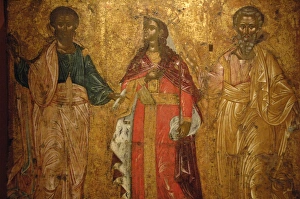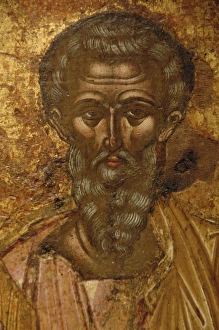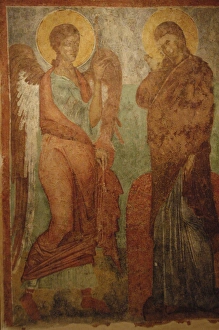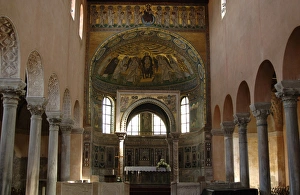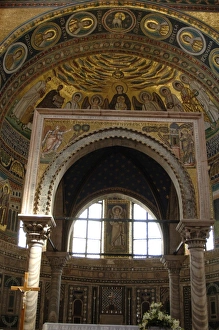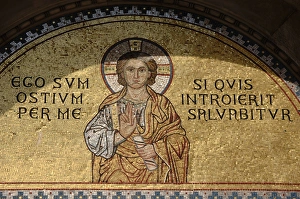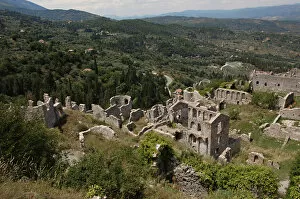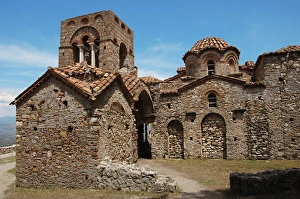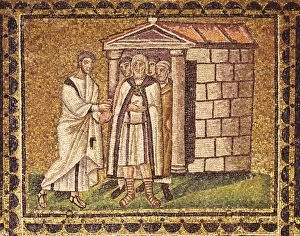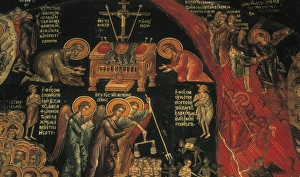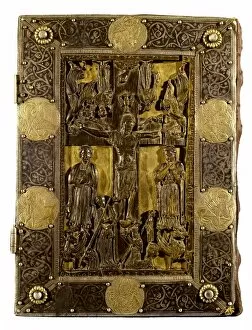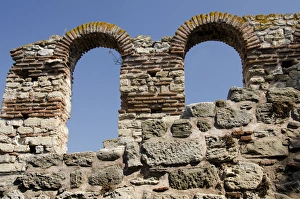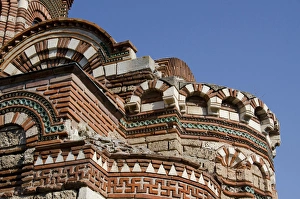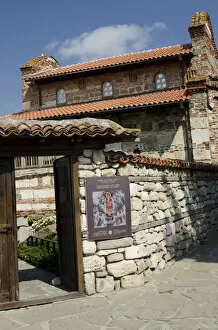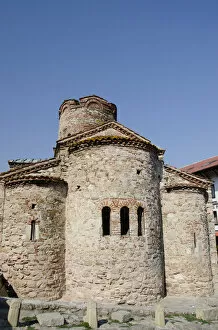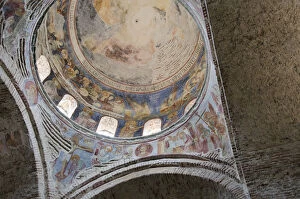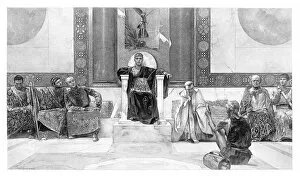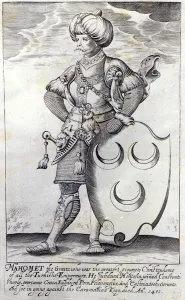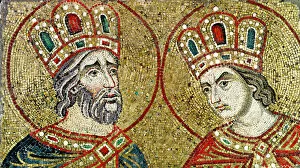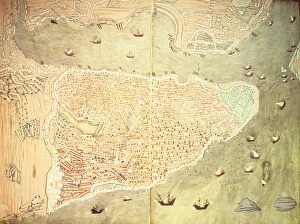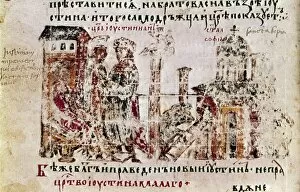Byzantium Collection (page 24)
"Exploring the Rich Legacy of Byzantium: A Glimpse into the Empire's Art, Culture, and Influence" Step into the captivating world through a journey that spans centuries
All Professionally Made to Order for Quick Shipping
"Exploring the Rich Legacy of Byzantium: A Glimpse into the Empire's Art, Culture, and Influence" Step into the captivating world through a journey that spans centuries. Begin with a map showcasing the vast expanse of The Byzantine Empire, its borders stretching across continents. Marvel at another map revealing the grandeur of the Macedonian and Thracian Empires, highlighting their historical significance. Delve deeper into Byzantine art as you encounter "The Trinity of Roublev, " a masterpiece by Andrey Rublyov that captures spiritual harmony in vibrant colors. Admire an antique map depicting Constantinople, now Istanbul – a city steeped in history and architectural wonders. Discover religious devotion in "The Virgin Orans" by a talented Byzantine Master; its intricate details evoke reverence and awe. Witness the power of Greek fire through an anonymous miniature from Madrid Skylitzes – an ancient weapon shrouded in mystery. Uncover political intrigue with "The Effects of Good Government in the Countryside, " where Ambrogio Lorenzetti skillfully portrays governance during this era. Encounter Saint George depicted on a mesmerizing Byzantine icon from 14th century Greece – his bravery immortalized for eternity. Learn about Justinian, one of Byzantium's most influential emperors whose reign shaped history. Marvel at an Arabian-Byzantine coin from Paris, symbolizing cultural exchange between civilizations. Finally, be awestruck by Christ Pantocrator adorning Daphni Monastery in Greece – an iconic representation radiating divine authority. By exploring these diverse facets - maps tracing territorial conquests to artistic masterpieces capturing spirituality and politics - we unravel the enigma that is Byzantium. Its legacy lives on as it continues to inspire generations worldwide.









